| Weight | 1 lbs |
|---|---|
| Dimensions | 9 × 5 × 2 in |
| host | rabbit |
| isotype | IgG |
| clonality | polyclonal |
| concentration | 1 mg/mL |
| applications | ICC/IF, WB |
| reactivity | KLK14 |
| available sizes | 100 µg |
rabbit anti-KLK14 polyclonal antibody 6787
$376.00
Antibody summary
- Rabbit polyclonal to KLK14
- Suitable for: WB
- Isotype: Whole IgG
- 100 µg
rabbit anti-KLK14 polyclonal antibody 6787
| antibody |
|---|
| Tested applications WB |
| Recommended dilutions Immunoblotting: use at 1:500-1:1,000 dilution. A band of approximately 31 kD is detected. |
| Immunogen Peptide corresponding to aa 239-251 of human KLK14 protein. |
| Size and concentration 100µg and lot specific |
| Form liquid |
| Storage Instructions This antibody is stable for at least one (1) year at -70°C. Avoid multiple freeze-thaw cycles. |
| Storage buffer PBS, pH 7.4. |
| Purity immunogen affinity purification |
| Clonality polyclonal |
| Isotype IgG |
| Compatible secondaries goat anti-rabbit IgG, H&L chain specific, peroxidase conjugated, conjugated polyclonal antibody 9512 goat anti-rabbit IgG, H&L chain specific, biotin conjugated polyclonal antibody 2079 goat anti-rabbit IgG, H&L chain specific, FITC conjugated polyclonal antibody 7863 goat anti-rabbit IgG, H&L chain specific, Cross Absorbed polyclonal antibody 2371 goat anti-rabbit IgG, H&L chain specific, biotin conjugated polyclonal antibody, crossabsorbed 1715 goat anti-rabbit IgG, H&L chain specific, FITC conjugated polyclonal antibody, crossabsorbed 1720 |
| Isotype control Rabbit polyclonal - Isotype Control |
| target relevance |
|---|
| Protein names Kallikrein-14 (hK14) (EC 3.4.21.-) (Kallikrein-like protein 6) (KLK-L6) |
| Gene names KLK14,KLK14 KLKL6 |
| Protein family Peptidase S1 family, Kallikrein subfamily |
| Mass 29122Da |
| Function FUNCTION: Serine-type endopeptidase with a dual trypsin-like and chymotrypsin-like substrate specificity. May activate/inactivate the proteinase-activated receptors F2R, F2RL1 and F2RL3 and other kallikreins including KLK1, KLK3, KLK5 and KLK11. May function in seminal clot liquefaction through direct cleavage of the semenogelin SEMG1 and SEMG2 and activation of KLK3. May function through desmoglein DSG1 cleavage in epidermal desquamation a process by which the most superficial corneocytes are shed from the skin surface. May be involved in several aspects of tumor progression including growth, invasion and angiogenesis. {ECO:0000269|PubMed:15654974, ECO:0000269|PubMed:16885167, ECO:0000269|PubMed:17158887, ECO:0000269|PubMed:17625593, ECO:0000269|PubMed:18056261, ECO:0000269|PubMed:18482984}. |
| Subellular location SUBCELLULAR LOCATION: Secreted, extracellular space {ECO:0000269|PubMed:15654974, ECO:0000269|PubMed:16456535, ECO:0000269|PubMed:17110383}. |
| Tissues TISSUE SPECIFICITY: Highly expressed in CNS, bone marrow and fetal liver. Also expressed in breast, thyroid, kidney, colon, pancreas, spleen, prostate, uterus, small intestine, placenta and skeletal muscle. Among 40 tissues tested, the highest expression is detected in skin followed by breast and prostate (at protein level). Expressed in stratum corneum by sweat ducts and sweat glands and detected in sweat (at protein level). {ECO:0000269|PubMed:10969073, ECO:0000269|PubMed:11309303, ECO:0000269|PubMed:11352573, ECO:0000269|PubMed:16456535, ECO:0000269|PubMed:16800737, ECO:0000269|PubMed:17110383}. |
| Post-translational modification PTM: Proteolytic cleavage of the activation peptide produces the active enzyme. {ECO:0000269|PubMed:17110383}. |
| Target Relevance information above includes information from UniProt accession: Q9P0G3 |
| The UniProt Consortium |
Data
| No results found |
Publications
| pmid | title | authors | citation |
|---|---|---|---|
| We haven't added any publications to our database yet. | |||
Protocols
| relevant to this product |
|---|
| Western blot IHC ICC |
Documents
| # | SDS | Certificate | |
|---|---|---|---|
| Please enter your product and batch number here to retrieve product datasheet, SDS, and QC information. | |||
Only logged in customers who have purchased this product may leave a review.
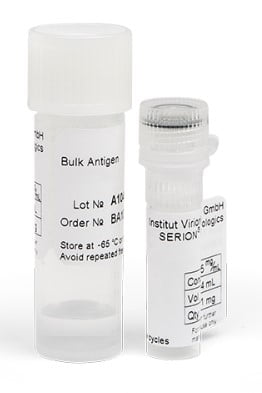
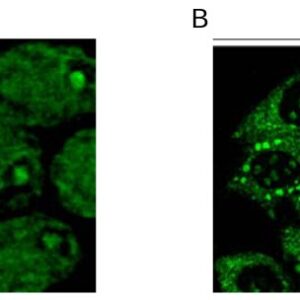
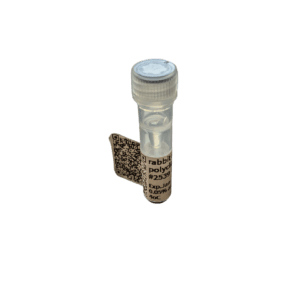
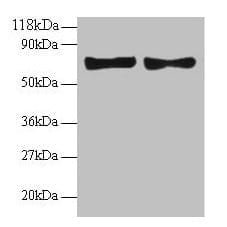
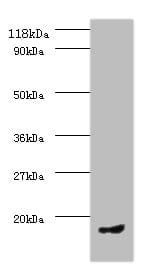

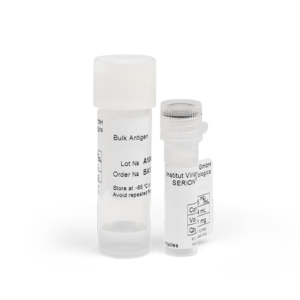
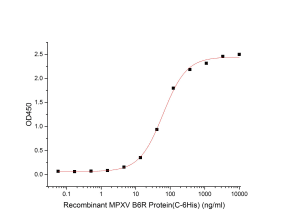
Reviews
There are no reviews yet.